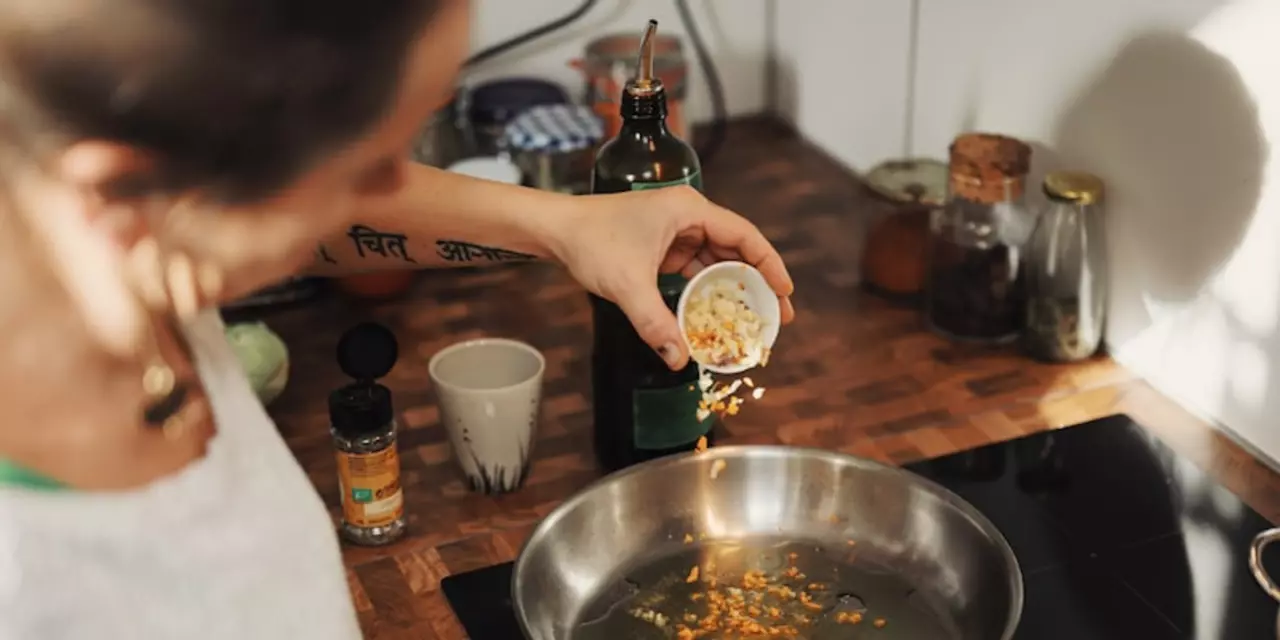Spices are a critical part of Indian cuisine, providing unique flavors and aromas that bring out the best in dishes. Without spices, Indian food is incomplete and lacks the vibrant, complex flavors that make it such a beloved cuisine. From hot chilies to aromatic cumin and cardamom, the combination of spices gives Indian dishes their unique flavor. Spices also impart their own health benefits, including antioxidant, anti-inflammatory and digestive properties. For me, Indian food is simply not the same without its signature spices, and eating it without them is like eating a dull and tasteless dish.
Indian Cuisine: Why Spices Matter
Ever wonder what makes Indian food so unforgettable? The answer lives in the spice jar. From the fiery kick of chilies to the sweet whisper of cardamom, spices turn simple ingredients into a flavor party. Without them, Indian dishes lose their soul.
Key Spices in Indian Cooking
Let’s break down the most common players. Cumin adds a warm, earthy base that shows up in curries and biryanis. Turmeric brings a golden hue and a subtle bitter note, plus a health boost. Mustard seeds pop in hot oil, releasing a nutty aroma that’s hard to miss. Coriander leaves a citrusy freshness, while fenugreek contributes a slightly sweet, maple‑like taste.
These spices aren’t just flavor hacks; they’re tradition. In many Indian households, the spice mix—often called garam masala—is prepared once a year and stored for months. The blend varies by region, but the goal is the same: create depth without overwhelming the palate.
Easy Ways to Use Indian Spices at Home
Want to add Indian flair without a culinary degree? Start simple. Toast whole spices in a dry pan for 30 seconds, then grind them for fresh aroma. A pinch of cumin and coriander in a veggie stir‑fry can instantly lift the dish. For a quick sauce, blend turmeric, ginger, garlic, and a splash of yogurt.
Don’t forget the power of spice blends. Pick up a ready‑made garam masala or create your own mix using equal parts cumin, coriander, cardamom, cloves, cinnamon, and black pepper. Add a spoonful to soups, stews, or grilled meats, and you’ll get that unmistakable Indian taste.
One of our readers asked: "Is Indian food incomplete without spices?" The short answer is yes. Spices are the DNA of the cuisine. They bring layers, contrast, and that signature zing we all love. Skipping them is like watching a movie without sound.
Health-wise, many spices act like natural medicine. Chili boosts metabolism, turmeric fights inflammation, and cumin aids digestion. So you’re not just tasting good food—you’re feeding your body well.
Next time you plan a meal, think about the spice story you want to tell. Start with a base—maybe an onion‑garlic sauté—then layer cumin, turmeric, and a dash of garam masala. Finish with fresh cilantro for color and freshness.
Bottom line: Indian cuisine thrives on spices, and you don’t need a pantry full of exotic ingredients to enjoy it. Pick a few essential spices, experiment, and watch your cooking transform. Ready to spice up your kitchen?
